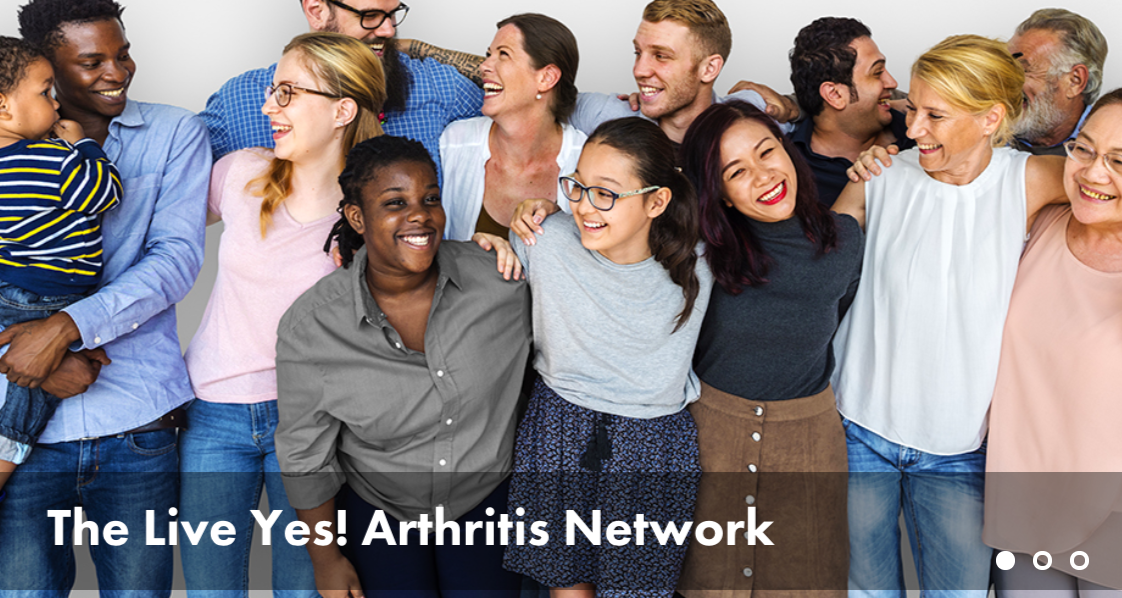How One Legacy Nonprofit Re-Invented Their Corporate Partnerships
When we think of nonprofit organizations, most of us think of brands like the American Heart Association and the American Red Cross – brands that are household names and have become part of our nation’s fabric. We’re talking about legacy brands that have been around for over 100 years, and according to a recent Accelerist study, the top 50 have raised nearly $30 billion for social issues over the past 12 months! We all grew up with them, maybe volunteered for them, and some of us have even had the pleasure of working for and with several of them throughout our careers.
They do a lot of good in our communities, but because of their size, sometimes lack of transparency, and token controversies over the years, their growth trajectory has become uncertain. We found that 78% of 50 of the top legacy nonprofits have witnessed a decline in revenue over the past 12 months. With the growing popularity of causes like terrorism, homelessness and gender equality, legacy nonprofits devoted to causes like health, poverty and animal welfare, are challenged with creating a sense of urgency and relevancy to all donors. With significant ups & downs and consistent downturns, enterprise nonprofits could further lean on the corporate sector to alleviate the pain. As it stands, corporate donations account for 20% of a legacy nonprofit’s total revenue (over twice the national average). Could Corporate America be one solution in sustaining – perhaps even growing – a legacy nonprofit’s bottom line?
Accelerist is proud to support the Arthritis Foundation, a 70+ year-old organization with more than 100 local chapters worldwide. We recently sat down with Nancy Stinson Harris, National VP of Corporate Partnerships at the Arthritis Foundation, to understand how the organization is leveraging their corporate relationships to re-invigorate the Arthritis Foundation’s brand and fundraising mix. Read on to hear Nancy’s Top 4 Tips to re-inventing a legacy organization.

Q: Nancy, we often hear from nonprofits that have been around for many decades that their biggest challenge is ensuring their organization feels relevant, in an ever-changing landscape with innovative, progressive causes often owning much of the national conversation. Arthritis Foundation was founded in 1948, yet you’re seeing growth and having success in staying top of mind with donors and consumers, despite that challenge. Any words of wisdom for other nonprofit partnerships professionals?
A: Oh, it is a challenge. But the Arthritis Foundation is needed more than ever, with more than 50 million adults and 300,000 children living with the disease today. So our team accepts the challenge and is working to re-invent ourselves one day at a time. A few tips I can share based on my experiences:
- Find a New Way to Appeal to Corporate Partners
The Arthritis Foundation is in its second year of the Let’s Get a Grip campaign (LGGA,) a new national platform with a call-to-action to consumers and corporate partners to come together to “get a grip” on Arthritis. With the support of our partner Accelerist, we refined this year’s strategy to include digital and grassroots engagement (beyond our owned channels). The campaign represents a new way of talking about our cause, and a new platform driving significant value to our corporate partners, such as Cheribundi and CVS. We had to really dig deep with the Accelerist team to understand what the corporate sector is looking for in a nonprofit partner, and this looks different than it did 20, 10, and even 5 years ago. We increased our impressions, engagement touchpoints and revenue this year with LGGA, and we know it will only continue to grow. - Wow Them with Data
You’ve all heard it before… corporate partners want it—no, need it. In an effort for your organization to stay competitive with other newer, shinier nonprofits, perhaps the biggest piece of advice I can offer is for nonprofits of all sizes and tenuresto embrace data and make it part of your story. At the Arthritis Foundation, we use audience data that we received from Accelerist to share a deep, psychosocial understanding of who the Arthritis Foundation supporter is. The depth and breadth of what we were able to share helps us paint a strong picture to companies like CVS on the power of reaching our audience. We’re even taking it a step further and working with Accelerist to not just measure impact, but actually place a tangible value on our partnerships, so we can go to our partners and give them hard numbers around the ROI of our partnership. Not every nonprofit can say they are doing that, so we are standing out. - Set Your Team Up for Success
I’m lucky to lead an incredible team of corporate partnership professionals at the Arthritis Foundation. One of the key ways I lead and support my team is to ensure they have all the resources needed to get their jobs done effectively. Resources like Accelerist, allowing us to have CSR-focused research profiles for companies and contact information of CSR decision makers at our fingertips, allows my team so much time back in the prospecting process, which has allowed us to make a great deal of traction with our pipeline in the past year. - Find Your Champions
The social impact industry is moving and evolving fast, and I’m constantly seeking to stay up to date on the latest trends and opportunities in the space. Having our own champion and a go-to sounding board on industry knowledge in the team at Accelerist has been such a great support for us over the past year, and in addition to everything I mentioned above, that is one of the greatest reasons we’ll be renewing our relationship with them in 2020.
Do you have anything to add? Let us know how you are reinvigorating your legacy nonprofit in 2020!









Leave a Comments